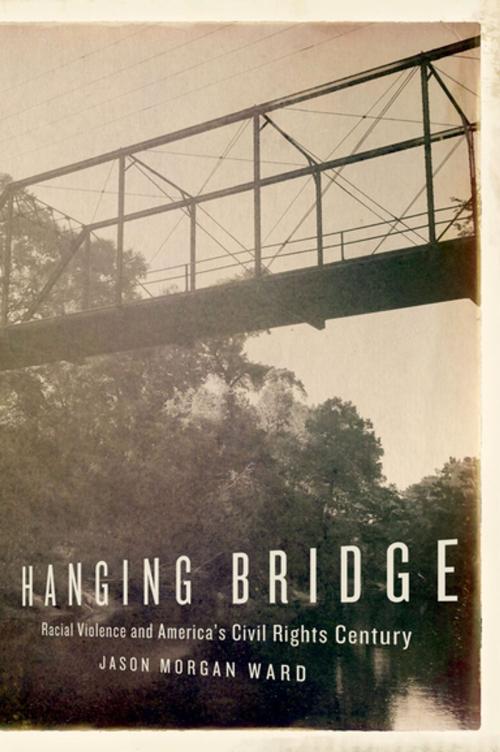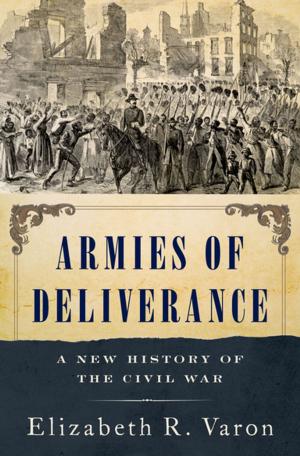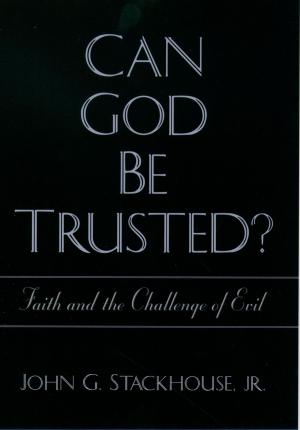Hanging Bridge
Racial Violence and America's Civil Rights Century
Nonfiction, History, Americas, United States, 20th Century, Military| Author: | Jason Morgan Ward | ISBN: | 9780199376582 |
| Publisher: | Oxford University Press | Publication: | April 1, 2016 |
| Imprint: | Oxford University Press | Language: | English |
| Author: | Jason Morgan Ward |
| ISBN: | 9780199376582 |
| Publisher: | Oxford University Press |
| Publication: | April 1, 2016 |
| Imprint: | Oxford University Press |
| Language: | English |
Lying just south of Neshoba County, where three civil rights workers were murdered during Freedom Summer, Clarke County lay squarely in Mississippi's--and America's--meanest corner. Even at the height of the civil rights movement in the 1960s, when the clarion call for equality and justice echoed around the country, few volunteers ventured there. Fewer still remained. Local African Americans knew why the movement had taken so long to reach them. Some spoke of a bottomless pit in the snaking Chickasawhay River in the town of Shubuta, into which white vigilantes dumped bodies. Others pointed to old steel-framed bridge across that same muddy creek. Spanning three generations, Hanging Bridge reconstructs two wartime lynchings--the 1918 killing of two young men and two pregnant women, and the 1942 slaying of two adolescent boys--that propped up Mississippi's white supremacist regime and hastened its demise. These organized murders reverberated well into the 1960s, when local civil rights activists again faced off against racial terrorism and more refined forms of repression. Connecting the lynchings at Hanging Bridge to each other and then to civil rights-era struggles over segregation, voting, poverty, Black Power, and Vietnam, Jason Morgan Ward's haunting book traces the legacy of violence that reflects the American experience of race, from the depths of Jim Crow to the emergence of a national campaign for racial equality. In the process it creates a narrative that links living memory and meticulous research, illuminating one of the darkest places in American history and revealing the resiliency of the human spirit.
Lying just south of Neshoba County, where three civil rights workers were murdered during Freedom Summer, Clarke County lay squarely in Mississippi's--and America's--meanest corner. Even at the height of the civil rights movement in the 1960s, when the clarion call for equality and justice echoed around the country, few volunteers ventured there. Fewer still remained. Local African Americans knew why the movement had taken so long to reach them. Some spoke of a bottomless pit in the snaking Chickasawhay River in the town of Shubuta, into which white vigilantes dumped bodies. Others pointed to old steel-framed bridge across that same muddy creek. Spanning three generations, Hanging Bridge reconstructs two wartime lynchings--the 1918 killing of two young men and two pregnant women, and the 1942 slaying of two adolescent boys--that propped up Mississippi's white supremacist regime and hastened its demise. These organized murders reverberated well into the 1960s, when local civil rights activists again faced off against racial terrorism and more refined forms of repression. Connecting the lynchings at Hanging Bridge to each other and then to civil rights-era struggles over segregation, voting, poverty, Black Power, and Vietnam, Jason Morgan Ward's haunting book traces the legacy of violence that reflects the American experience of race, from the depths of Jim Crow to the emergence of a national campaign for racial equality. In the process it creates a narrative that links living memory and meticulous research, illuminating one of the darkest places in American history and revealing the resiliency of the human spirit.















